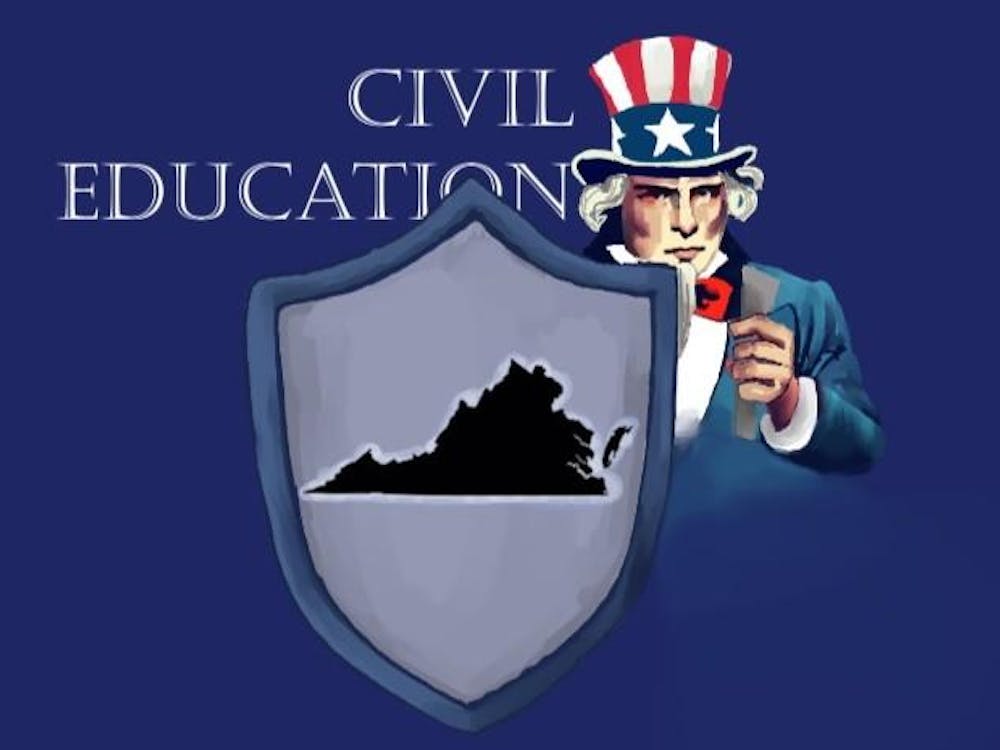Throughout my first year in Charlottesville, I enjoyed getting to know the Downtown Mall — a space described by the Daily Progress as “Charlottesville’s public square” and on the city’s website as “one of the finest urban parks in the country.” However, it has become evident to me, as it has to other mall-goers previously, that it lacks sufficient public seating. The Downtown Mall’s standing as the city’s inclusive public square is diminished by its inconvenient lack of public benches — a result of the enduring privatization of public space on the mall and the demonization of marginalized groups in the community.
Lawrence Halprin, the renowned landscape architect who designed the Downtown Mall, has been described by the New York Times as “the tribal elder of American landscape architecture.” He designed the Franklin D. Roosevelt Memorial in Washington, D.C., and art critic Ada Louise Huxtable praised a Portland plaza Halprin designed as “one of the most important urban spaces since the Renaissance.”
Another architecture critic, Benjamin Forgey, wrote that “All of Halprin’s designs reflect this passion to give people as many options as possible to go this way or that, to reverse directions, to pause, to start over, to be alone, to meet others, and to experience as many different sights, smells and sounds as the site permits.”
So, Halprin understood the importance of abundant public seating — this is why, when it opened in 1976, the mall boasted 150 movable chairs available to the public. However, as University Professor Elizabeth Meyer has pointed out, the mall has since then “become privatized,” now more “a commercial space than a public space” despite having been paid for by public money. In the Magazine of Albemarle County History, landscape architect Nathan Foley suggests the decreased “[f]lexibility and democratic use of the spaces of the mall” previously offered by public seating to be perhaps the greatest deviation between Halprin’s original design and the Downtown Mall today. He writes, since the mall’s “most open and public spaces” have been “colonized as private café space,” pedestrians are forced to either squat on the property of the private establishments or purchase something from them.
This departure from Halprin’s original intent makes Charlottesville’s public square less accommodating and more exclusionary. City resident Matthew Gillikin has described trips to the Downtown Mall as “a challenge” due to the lack of places for he and his children to “stop and rest.” For residents like Gillikin — and especially for the elderly and disabled — seating is essential to getting out and enjoying the mall. Yet, Gillikin has estimated that the mall has about 25 public seats and 1,200 private seats. To condition the space’s full enjoyment on buying something from one of the business establishments runs counter to its standing as an inclusive public square, and, as Professor Meyer posits, would cause Halprin to be “a bit concerned about the narrow band of people in the city who feel at home” there.
At an April meeting of the Charlottesville Human Rights Commission, commission chair Mary Bauer asked if there had previously been more benches on the Downtown Mall. Vice-chair Kathryn Laughon responded that, in 2012, there had been a decrease in public seating to “reduce the use of the Downtown Mall by people without stable housing” and that “restaurants have increasingly encroached on the Downtown Mall space so that, really, there is no public space.”
After the removal of many benches in 2012, the Charlottesville Parks and Recreation department sent a request to the Charlottesville Board of Architectural Review to replace remaining wooden chairs with uncomfortable, backless metal ones — a form of hostile architecture meant to deter the homeless and loiterers. This request was unanimously denied by the BAR on the grounds that such benches were inconsistent with Halprin’s original intent and would make the mall less enjoyable for those unable or not wanting to spend money.
While the BAR’s decision was just, the mall’s enduring seating issue remains, making it a less inviting and inclusive space than it was intended to be. Professor Meyer notes that Halprin’s “general sense about his vision and how things change is [that] he wanted places to endure, and the issue wasn’t whether it was his design or not, but how it was loved and lived.” The lack of public seating certainly prevents the mall from being loved and lived to its full potential. The fact that the Downtown Mall has been stripped of Halprin’s more open and democratic design elements for the sake of deterring those without means should not sit well with anybody who regards the Downtown Mall as a public square welcoming all members of the community.
Robert McCoy is an Opinion Columnist for The Cavalier Daily. He can be reached at opinion@cavalierdaily.com.
The opinions expressed in this column are not necessarily those of The Cavalier Daily. Columns represent the views of the authors alone.







